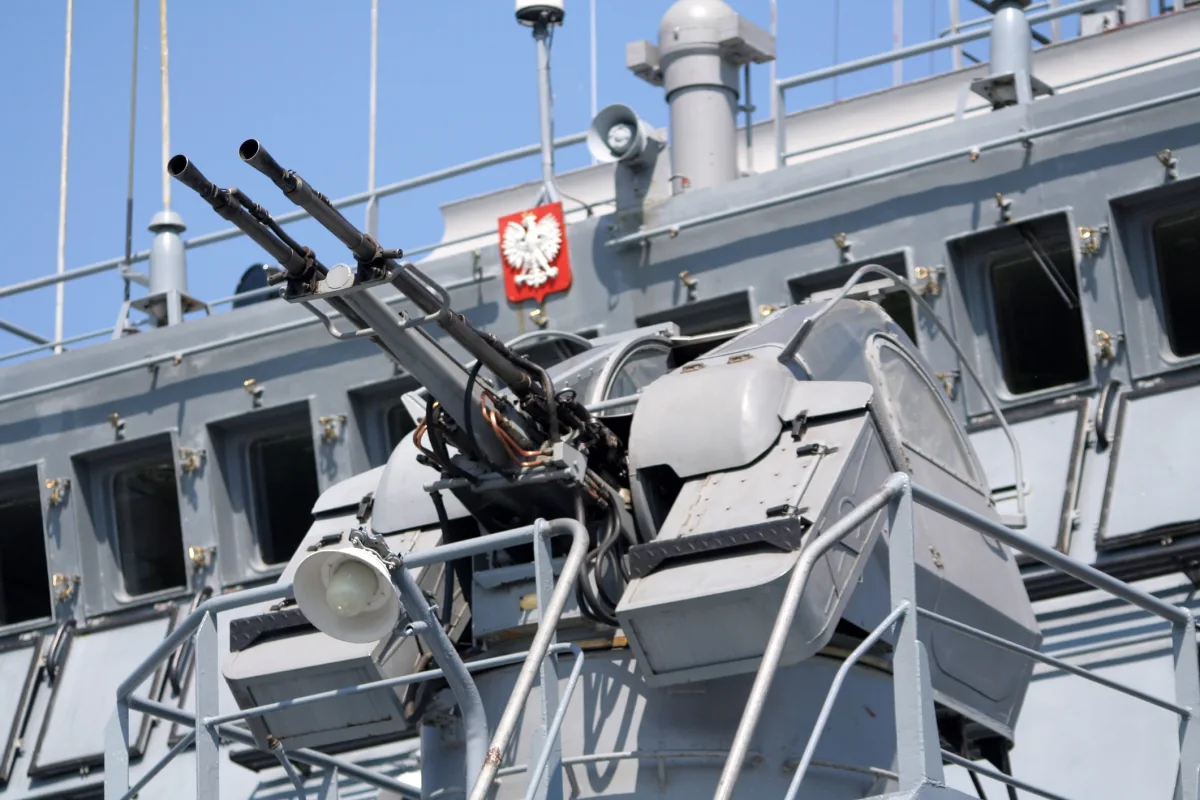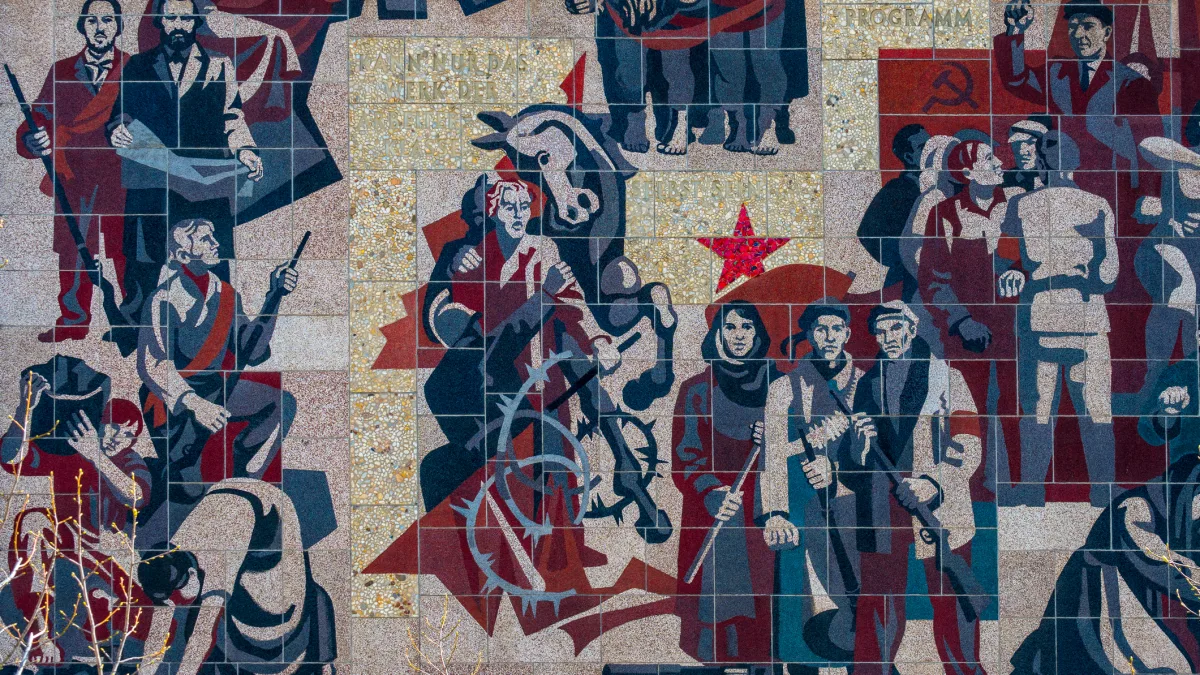Central and Eastern Europe has become adept at defying expectations. Whilst the euro area splutters along at less than one per cent growth, the European Union’s eleven central and eastern members are projected to expand by 2.2 per cent in 2025 and 2.6 per cent in 2026, according to the latest autumn forecast from the Vienna Institute for International Economic Studies (wiiw).
Not spectacular, perhaps, but considerably better than their richer western cousins.
However, the picture is far from uniform. Poland remains the regional champion, maintaining a steady 3.5 per cent growth rate through both 2025 and 2026. Croatia and Bulgaria are close behind at around three per cent. Romania, by contrast, has stumbled badly. Its economy is forecast to limp along at just 0.8 per cent growth in 2025 and 1.2 per cent in 2026—a dramatic deterioration that puts it alongside Germany in the European doldrums. High budget deficits and domestic mismanagement are the culprits.
The most intriguing development, however, lies not in the headline figures but in what is driving them. The region’s economic model is undergoing a fundamental shift. “While private consumption has been the main driver of growth in the EU member states of Central Eastern Europe to date, we expect investment by private companies and the public sector to gain in importance, in view of cooling real wage growth,” says Richard Grieveson, wiiw’s deputy director and lead author of the forecast.
Guns and growth
Defence spending, that most unproductive of economic activities, is paradoxically providing a fillip. The sharp rise in military expenditure among NATO countries in the region is expected to add 0.2 to 0.3 percentage points to annual GDP growth in the coming years. Poland and the Baltic states, unsurprisingly keen to bolster their arsenals given their proximity to Russia, could benefit even more.
This is not merely about buying foreign weapons. “Eastern Europeans will gain economically from Europe’s rearmament, as they have traditionally possessed a strong defence industry. This could help them modernise their industrial base and successfully navigate the transformation towards an innovation-driven growth model,” Grieveson explains. Poland, Czechia and others retain substantial military-industrial capacity from their Warsaw Pact days. Modern Western orders could breathe new life into ageing factories.
The Western Balkans continue to punch above their weight, with average growth of 2.5 per cent expected in 2025 and 3.4 per cent in 2026, though Serbia will see a sharp deceleration in 2025. Türkiye, despite its chronic inflation (expected to remain at 35 per cent in 2025 before falling to 24 per cent in 2026), will expand by 3.4 per cent this year and 3.9 per cent next.
The invisible war
Two substantial clouds darken the forecast. First, fiscal incontinence. Romania, Hungary, Poland and Slovakia all face uncomfortably large budget deficits. Romania’s shortfall is projected at 8.3 per cent of GDP in 2025, Hungary’s at 4.9 per cent, Poland’s at 6.9 per cent and Slovakia’s at 4.9 per cent. Rising interest rates on government bonds and EU fiscal rules are forcing austerity upon reluctant governments. Such belt-tightening will inevitably dampen growth.
The second risk is more sinister. Russia is conducting what amounts to an undeclared war against its neighbours through hybrid means. “Drone overflights, cyber attacks and attacks in the EU and NATO member states of Eastern Europe are creating uncertainty and are, of course, deterring investors. This is disastrous for business sentiment. Actually, these countries are already engaged in an invisible war with Russia, which could—sooner or later—have a negative impact on their economies as well,” warns Grieveson.
Ukraine’s endurance test
Ukraine itself, predictably, presents the bleakest picture. wiiw forecasts growth of just two per cent in 2025—down 0.5 percentage points from its summer projection—and three per cent in 2026, a full percentage point lower than previously expected. The main reason is grimly simple: the institute now assumes the war will drag on until 2027, much longer than earlier hopes suggested.
Agricultural exports, a crucial foreign-exchange earner, fell by around nine per cent in dollar terms between January and July 2025 following last year’s poor harvest. Whilst this year’s harvest looks better, the damage has been done. More worrying still is Russia’s systematic destruction of Ukraine’s infrastructure through air strikes.
“The ever-increasing destruction of Ukraine’s infrastructure by heavy Russian air strikes and the rampant labour shortage due to mobilisation and emigration are dampening the country’s growth prospects,” notes Olga Pindyuk, wiiw’s Ukraine expert.
The coming winter presents a particularly acute threat. “If Russia succeeds in causing widespread power and gas supply blackouts in Ukraine, this will lead to a further wave of emigration, which in turn will have further negative consequences for the economy,” Pindyuk warns. Ukraine’s workforce has already been hollowed out by men mobilised into the armed forces and families fleeing abroad. Another exodus would be devastating.
Russia’s economic malaise
Meanwhile, the aggressor state is discovering that waging war is expensive. After two surprisingly strong years, Russia’s economy is heading for near-stagnation. Growth is forecast at just 1.2 per cent in 2025—down from 4.3 per cent in 2024—and 1.4 per cent in 2026. The country narrowly avoided a technical recession in the first two quarters of this year. Industrial production grew by a mere 0.8 per cent in the first eight months of 2025, sustained almost entirely by arms manufacturing.
“The main reason for the slump in growth is the Russian Central Bank’s overly restrictive monetary policy. Although it has reduced inflation significantly, it has also stifled the economy by making loans unaffordable,” explains Vasily Astrov, wiiw’s Russia expert. Inflation has indeed fallen to around four per cent on an annualised basis, prompting the central bank to lower its key interest rate slightly. But at 17 per cent, borrowing costs remain punishingly high.
Lower oil prices have compounded Russia’s troubles, reducing export revenues. More fundamentally, the economy is operating at full capacity in many sectors. “New growth would require investment in greater productivity. However, this is stagnating. Investment in new machinery and equipment, which is normally the biggest driver of modernisation and productivity gains, has stabilised at the relatively low pre-war level of 2021,” Astrov points out.
Even Russia’s government, never particularly fastidious about deficits, is being forced into austerity. With a shortfall of 2.5 per cent of GDP—the largest since the Covid-19 pandemic—and able to borrow only domestically, the Kremlin is raising taxes on personal income and corporate profits. Value-added tax will rise in 2026, and military spending is to be cut by six billion euros, or 0.3 percentage points of GDP. “Declining government spending and tax increases will of course also slow growth,” Astrov observes.
An uneven landscape
Eastern Europe’s economic landscape in 2025–26 will thus be one of stark contrasts. The region as a whole continues to outperform western Europe, underpinned by strong fundamentals and increasingly by defence-related investment. But individual countries face wildly different prospects. Poland thrives. Romania stumbles. Ukraine endures. Russia stagnates.
The shift from consumption-led to investment-driven growth represents a maturation of the region’s economic model—one that could prove more sustainable in the long run. Defence spending, for all its grim origins, may indeed help modernise industrial bases.
But fiscal discipline will be required, and Russia’s hybrid warfare poses an unpredictable threat. For eastern Europe, catching up with the West remains a marathon, not a sprint. And the course keeps getting more complicated.
Photo: Dreamstime.







